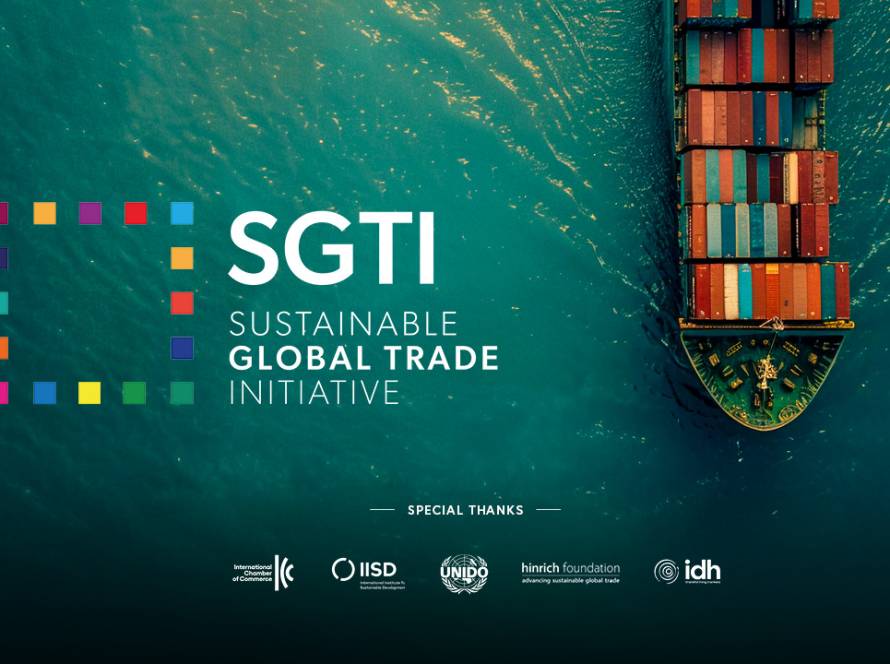Although Canada has committed to ending fossil fuel subsidies, billions of public dollars continue to flow into the sector with minimal transparency. As the G7 President in 2025, Canada has a crucial opportunity to lead by fully eliminating fossil fuel supports and investing in a cleaner, more sustainable future. Below are five key recommendations for effective subsidy reform.
Canada has made repeated pledges to eliminate subsidies for fossil fuels, starting with commitments made in 2009 at the G7 and G20, and reiterated in subsequent years. As the G7 President in 2025, Canada must leverage this opportunity to push for tangible progress on these promises.

While some steps have been taken, such as policies to eliminate “inefficient” fossil fuel subsidies and halt financing for fossil fuel projects abroad, major gaps remain. Canada continues to invest billions in subsidies like tax breaks, direct transfers, loans, insurance, and bonds for the fossil fuel sector. The full scope of this funding is unclear due to the lack of transparency. Canada had committed to publishing a comprehensive inventory of these subsidies by December 2024, but that has not been delivered. Without transparent, regularly updated reports, it remains uncertain how effectively the “inefficient” subsidies policy is being implemented and which subsidies, if any, have been fully phased out.
In 2023, Canada joined international coalitions focused on phasing out fossil fuel incentives, aligning with the goal of eliminating all fossil fuel subsidies. To lead in fossil fuel subsidy reform during its G7 presidency, Canada must quickly phase out most fossil fuel subsidies, allowing only narrow exceptions, such as for remote communities that depend on diesel.
Five Key Reform Priorities
- Tax Credits and Reductions from Established Benchmarks Governments subsidize fossil fuels through tax credits and reductions below typical rates, costing the public significant revenue. For example, some sectors receive a lower tax rate than others, effectively providing them with a subsidy. Canada has taken some steps to reduce these tax benefits but must still address provisions like Canadian Exploration Expense Deductions (CEE), Accelerated Investment Incentives, and Foreign Resource Expense Deductions (FRE), among others. These tax measures disproportionately benefit the fossil fuel sector. Transparent reporting is needed to fully understand the value of these subsidies.
- Trans Mountain Pipeline Expansion The Trans Mountain Pipeline expansion (TMX) is a major public investment. The government purchased the pipeline in 2018, and costs have since soared. Companies currently pay lower tolls than required, leading to an estimated subsidy of up to CAD 18.8 billion. Transparent measures, such as a production levy on oil shipments, should be explored to recover this subsidy.
- Carbon Capture and Storage (CCS) The federal government has committed over CAD 9 billion for carbon capture and storage (CCS) by 2030, primarily benefiting the fossil fuel sector. These subsidies cover over 60% of CCS project costs, while the industry seeks further public funding. Canada must reconsider CCS subsidies, as the technology alone cannot provide a net-zero solution. Public funds should instead be invested in alternative clean energy solutions, such as renewable energy and energy-efficient infrastructure.
- Liquefied Natural Gas (LNG) Expansion Federal support for LNG infrastructure is substantial, including funding for electricity transmission to LNG sites. Though some argue LNG could reduce carbon emissions abroad, research shows that these international carbon credits are not reliable. Canada must cease subsidies for LNG, which also divert funds from more sustainable alternatives.
- Low-Carbon Funds and Incentives The federal government has pledged investments to accelerate decarbonization and develop low-carbon industries. However, it is critical to ensure that these funds are directed toward clean technologies and solutions, not the fossil fuel industry. The elimination of fossil fuel subsidies must be accompanied by measures to prevent new subsidies from emerging, particularly those supporting fossil fuel companies.
Provincial Subsidies Matter Too
Alongside federal support, provinces also contribute to fossil fuel subsidies, particularly in areas like infrastructure for fossil fuel extraction and consumption. Provinces must play a role in redirecting these resources toward cleaner alternatives. For instance, British Columbia has offered significant financial support to LNG projects, and Ontario, Manitoba, and Alberta have reduced fuel taxes, indirectly encouraging fossil fuel consumption. It’s essential that governments focus on directly aiding citizens without supporting polluting fuels.
Canada’s International Commitments
To meet its international commitments, Canada must publish a comprehensive inventory of all fossil fuel subsidies, including those that fall under the “efficient” category. This inventory should be updated regularly, with clear timelines for phasing out these subsidies. Canada should also address public finance for fossil fuels from crown corporations, and encourage the private sector to align investments with sustainable, net-zero strategies.
While the existing policy framework is a start, further work is essential to fully eliminate fossil fuel subsidies and guide the country toward a cleaner, more sustainable future.


